The Melbourne Museum, a natural and cultural history museum axially aligned with the adjacent Italianate Royal Exhibition Building (and referencing it, along with the skyscrapers of Melbourne’s central business district, with its monumental scale and protruding vertical facets), provides a place for education, history, culture and society to engage with each other in a contemporary setting.
Check out “Royal Exhibition Building“
A project of the Government of Victoria (on behalf of Museums Victoria who administrates the venue), it is a rich response to Melbourne’s urban condition and is now an important part of Melbourne’s soft infrastructure.
The is located on the site of the former Melbourne Exhibition Speedway (which operated from November 5, 1928 until March 7, 1936).
Here are some interesting trivia regarding the museum:
- It is the largest museum in the Southern Hemisphere
- The museum is also one of Victoria’s top 10 destinations for travelers
- The museum is consistently ranked as one of the most popular museums and tourist attractions in Australia, winning ‘Best Tourist Attraction’ at the Australian Tourism Awards in 2011
- Since 2016, it housed the world’s largest IMAXTheatre screen.
- Melbourne Museum was one of the venues of Festival Melbourne 2006, a citywide art festival held in conjunction of the 2006 Commonwealth Games, which was held in Melbourne.
- During the years 2010–2011, it received 1,428,238 visitors and, for that, received the RACV Award for major tourist attraction.
- During 2010–2011, Melbourne Museum’s Science and Life gallery was honored with the Large Permanent Exhibition Award due to its outstanding design and flow.
The Melbourne Museum, a Post-Modernist building, was designed by Denton Corker Marshall Architects, who specializes in city planning and urban design, mainly concerns their practice with responding to social desires. One of Denton Corker Marshall’s award-winning projects, the sticks and blades that make up the Melbourne Museum are hallmarks of Denton Corker Marshall’s architecture.
Its construction was managed by Baulderstone Hornibrook. Officially opened on October 21, 2000 by the Hon. Steve Bracks, the Premier of Victoria at the time, it was completed in 2001.
The museum building, arranged in an individual layout (referencing Melbourne’s iconic Hoddle Grid, which allows the importance of each component of the buildings historical, cultural and social significance to be read in loosely equal hierarchy and individuality), features a grid-like order that embraces eccentric metal clad forms extruding out and creating an irregular sculptural composition with moments of abstract color throughout the building.
The building, dissected into different spaces (so an individual can navigate through and around the building in an orthogonal manner), was designed as both a single building and a network of individual buildings integrated into the landscape of the Carlton Gardens, a large public park.
Check out “Carlton Gardens“
The two very long and very high, sloping canopies (or blades), each acting to guide visitors from the street into the museum, are the most prominent element of the building, rising up from the centrally placed entrance opposite the north door of the Royal Exhibition Building. Another larger blade-like roof, on the northern side of the building, rises up from the center to the north, a landmark of similar scale to the central Florentine dome of the Royal Exhibition building.
Beside the main entrance is a prototype, constructed in 1947, of a CAC (Commonwealth Aircraft Corporation) delivery van.
A 3.86 m. high statue of Mercury, modeled by sculptor and painter C. Douglas Richardson, was inspired by Giambologna‘s bronze statue, made in Florence in 1580. Made of 20 pieces of beaten copper which were riveted together and cast by W.H. Rooke of Melbourne, circa 1899, it was donated to the museum by David Syme & Co. Ltd. On April 14, 1997.
Suspended over the entrance foyer is the full scale replica of John Duigan‘s 1910 biplane (the first Australia-built airplane to fly), built by Ronald Lloyd Lewis between 1984 and 1995, and donated to the museum in 1999.
Outside the main galleries are various displays relating to Victoria’s and Australia’s history, including CSIRAC (an early computer built in Australia) and a large, articulated skeleton of a pygmy blue whale at the Main Foyer.
At the Upper Level Balcony are some wind turbine models. A wind turbine model, commissioned by Pacific Hydro Limited, Melbourne, circa 2001, and was made in Denmark.
This model, based on contemporary wind turbines that were installed in Victoria during the early 2000s, is 5.5 m. high, has a rotor diameter of 4 m. and is powered by a small electric motor. Its white pole supports 3 white slimline blades.
Another windmill model, modeled on the Baker Run-in-Oil type (“Oilbath” is painted on the vane) steel windmill (first made in 1923), was made by William McCook, 1970-1990, and was constructed from metal with a rotating wheel and vane.
The almost 41 m. long Federation Tapestry, created by 22 artist-weavers who spent an estimated 20,000 hours at their looms) from the internationally acclaimed Victorian Tapestry Workshop (renamed the Australian Tapestry Workshop in 2010), South Melbourne, was commissioned to mark the centenary of Australia’s Federation.
The images, in 10 panels, range from Aboriginal dream time legends to a solitary shepherd in the bush with his sheep and dog, from the clamor and rejoicing that marked Federation in 1901 to the enigmatic ‘Sorry’ etched across the sky above the sails of the Sydney Opera House in the year 2000.
The beautifully crafted Federation Handbells, originally commissioned by Arts Victoria for the 2001 Centenary of Federation, are the world’s first true harmonic bells. Cast in silicon bronze, each set of bells have a unique design and pitch, covering two chromatic piano octaves (from E to E). Played by striking them with a mallet, the bells can be played in the style of a xylophone by a single musician controlling a set of bells, or each musician can play one bell. Ranging in size from 120 to 180 mm. high, they have an average weight of 1kg. each.
The 384 sq. m. Science and Life Gallery, at the west end, showcases six exhibitions – Bugs Alive, Marine Life, Dinosaur Walk, Wild: Amazing Animals in a Changing World, 600 Million Years and Dynamic Earth
The Dinosaur Walk, one of the highlights, houses a skeleton of a Diprotodon (a giant wombat-like creature) and skeletons of 10 dinosaurs such as the Tarbosaurus (Giant meat eater, Tyrannosauridae), Mamenchisaurus (Giant sauropod), Tsintaosaurus, Hadrosaurid, Pteranodon, Gallimimus and Hypsilophodon, 3 pterosaurs, one mammal-like reptile and Australian megafauna.
Wild: Amazing Animals in a Changing World, a permanent exhibit, presents the fragile state of Australian biodiversity, environment, and climate through the display of more than 750 animal specimens, in a spectacular vertical array, from around the world from a natural history collection, arranged in a striking theatrical style, interactive and can be viewed from many angles. It also examines how they are affected by climate change and human activity, and what we can do to help them.
Here, we saw the wildlife (birds, reptiles, mammals and amphibians) of Victoria’s unique environments displayed by biogeographic regions. On the panoramic navigators, we looked up each animal and saw which animals are thriving and which are merely surviving and learn what you can do to help them. We also learned about the migration of shorebirds over thousands of kilometers as they move between their feeding and nesting grounds
On permanent display in Wild are a Malleefowl nest, the Murray Cod (the Murray river’s biggest resident) and the taxidermied mount of Sam the Koala, a a female koala from the forests of Mirboo North and symbol of the Black Saturday bushfires in 2009.
The Marine Life: Exploring our Seas Exhibit shows the wonderful life of marine Victoria and covers how Victoria’s marine creatures use camouflage, speed, poisons and spines to evade predators. Here, we investigate underwater ecosystems, inspect animal adaptations, explore marine habitats such as stunning sponge gardens and vibrant seagrass beds, and examine sharks jaws and a giant 10 m. long squid.
The 600 Million Years: Victoria Evolves Exhibit, opened in 2010, depicts the origins of Life in Victoria through fossils, models, animatronics (such as an animatronic Qantassaurus, a small dinosaur that lived in Victoria some 120 million years ago) and animations (shows how these animals moved, ate and battled to survive). Things that can be touched include the teeth of a giant shark, the skeleton of Archaeopteryx, and a sea floor that ended up high in the Grampian Mountains.
Starting with the explosion of life in the sea, you’ll see multicellular life, extraordinary body forms that have no living ancestors today, and early forms of ancient groups like crinoids, bryozoans and cephalopods. Next, we follow the evolution of life as it moved from sea to land and then diversified into the mammals, reptiles, birds and plants we know today. We also learn about the geological processes that moved landmasses, built mountains and transformed rocks.
Rocks and fossils show how the climate of Victoria has changed, from glacial to tropical and everything between, and the effects of the asteroid that wiped out the dinosaurs 65.5 million years ago.
Fossils and specimens from the museum’s collections include irreplaceable skulls of giant megafauna, early whales and marsuipials long-gone from Australia’s mainland and some more prehistoric animals such as the Muttaburrasaurus, Tiktaalik and Anomalocaris.
The Bugs Alive! Exhibition, created in 2004, showcases the roles and life-cycles of the the invertebrates, a critically important animal group. It features 50 living displays with an even greater number of species.
The Melbourne Gallery, at the east end, exhibits the mounted hide of Phar Lap, a beautiful chestnut gelding and race horse that won 37 races from 51 starts in 3 years, including the Melbourne Cup, during the depression era.
The Melbourne Story explores the history of Melbourne and Victoria from the time of earliest contact between white settlers and local Indigenous people during early 19th century through to present day.
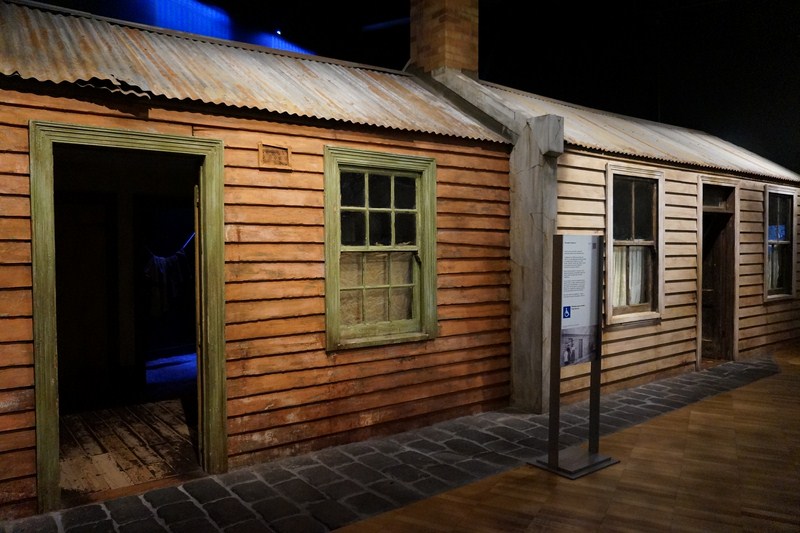
Little Lon, a predominantly working class area, was characterised by a series of laneways, with small properties packed together creating crowded and unsanitary conditions.
The museum is also custodian of artifacts excavated from ‘Little Lon’ is an inner-city block in Melbourne bordered by Lonsdale, Exhibition, Little Lonsdale and Spring Streets. The city’s “Red Light District,” Little Lon was also home to the city’s poorest residents and recently arrived immigrants from Ireland, Italy, China and Syria.
The Mind and Body Gallery, a gallery regarding the human body, is the world’s first exhibition about the mind. The “Mind: Enter the Labyrinth,” a permanent exhibition, explores how the mind works and offers ways to understand such illnesses as bipolar disorder and depression.
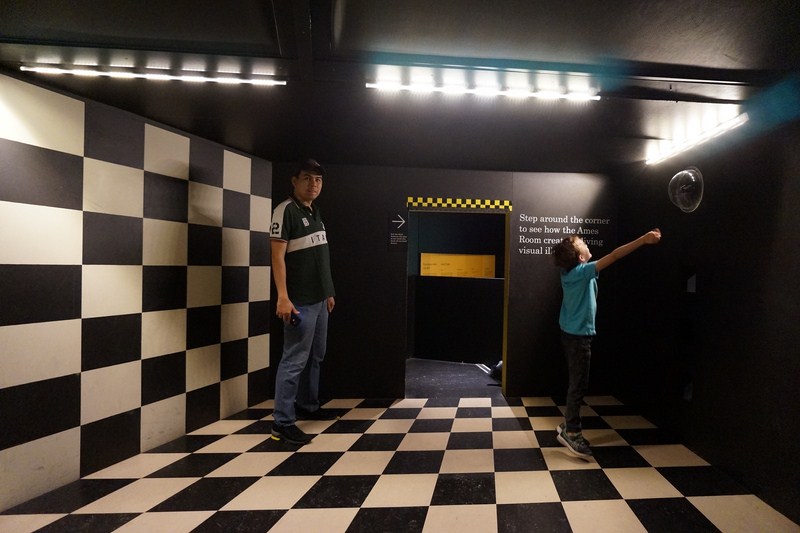
The Ames room is a neat illusion because it can be instantiated in real space, as has been done in numerous science museums
“Empathy booths” show videos of actors performing real-life stories prepared by SANE, a mental-health advocacy group. Among its 300 exhibits are artworks, on loan from the Cunningham Dax psychiatric art collection, which include paintings by a 16-year-old girl, completed just before she committed suicide.
The Evolution Gallery, at the upper level, features the exhibition “Darwin to DNA” which shows the roles of Charles Darwin and Alfred Russel Wallace in developing the theory of evolution. Displayed in historical showcases are actual animal specimens, that they collected, which helped them interpret evolutionary processes and patterns. The photos and specimens also illustrate conditions necessary for evolution, making youl consider how evolution acts upon genetic mutations.
DNA evidence, which challenges previous notions of the uniqueness of humans and the concept of race and helps us examine the relationships between species, is also highlighted by this exhibition.
The Forest Gallery, the centerpiece of the museum building, is a living temperate Victorian forest environment, complete with hundreds of living plants and live animals such as birds, reptiles, amphibians and invertebrates and other fauna.
This massive living and breathing exhibition, offering a window into the tall forests of eastern Victoria, is home to the ongoing Forest Secrets exhibition which examines the agents of change within the forests.
The Bunjilaka Aboriginal Cultural Centre, planned in collaboration with many Aboriginal people, including the traditional owners of Melbourne (the Boonwurrung and the Woi wurrung), includes galleries with exhibitions by and about the Koorie people and other Aboriginal peoples of Victoria.
At the foyer/reception area is the amazing Bunjilaka Welcome Rug designed by artist Vicki Couzens to provide a focus and gathering point for welcoming visitors to Bunjilaka. The design symbolizes the pathway that people take to gather for a ceremony, dance or song.
Spanning the north wall of Birrarung Gallery and surrounding the entry to First Peoples is Wurreka, a zinc wall of 74 etched panels, each reflecting imagery from Aboriginal cultural heritage and landscapes of Victoria, designed by Waanyi artist Judy Watson from Queensland.
From the First Peoples gallery is the light filled Te Pasifika Gallery, a bright soaring space. This exhibition, which highlights the history and finely carved water crafts of Pacific island nations including Fiji, the Cook Islands, Niue, the Solomon Islands and Aotearoa (New Zealand), was developed in collaboration with the Pacific Island Advisory Group and community members in 1997 and was opened in 2001.
Here, we gaze up at the life-size crab claw sails, containing motifs of Melanesia in the north east, Micronesia in the North and Polynesia in the South East, created by the Victorian Pacific Island Council and community, and walk underneath exquisite canoes from Papua New Guinea, the Solomon Islands, Tuvalu, Niue and the Marquesas Islands.
The Pauline Gandel Children’s Gallery, housings exhibitions aimed at 3 to 8 year olds, combines hands-on exploration and discovery, open-ended play-based learning, extraordinary immersive environments and unique museum collection objects.
The Touring Hall, where international touring exhibitions are displayed, has, in the past, exhibited “A Day In Pompeii” (June 26 to October 25, 2009, Melbourne Museum’s most popular temporary exhibition), “Hatching the Past: Dinosaur Eggs and Babies’ (May 30, 2008 to August 24, 2008), “The Great Wall of China: Dynasties, Dragons and Warriors” (March 23, 2007 to July 22, 2007), “Spirit of the Games: The Opening Ceremony Revealed” (March 18 to July 23, 2006) and “Dinosaurs from China” (2005).
In addition to its galleries, the museum also features the free Discovery Centre, a cafe (Museum Market Cafe), a souvenir shop (Museum Shop) and an IMAX Theatre screen showing movies and documentary films in large-screen 3-D format.
Melbourne Museum: 11 Nicholson St., Carlton Gardens, 3053 Melbourne, Australia. Open daily, 10 AM – 5 PM (closed Good Friday and Christmas Day).


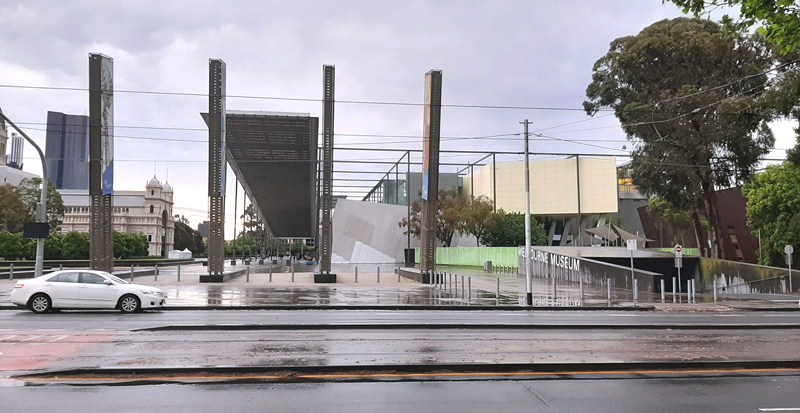



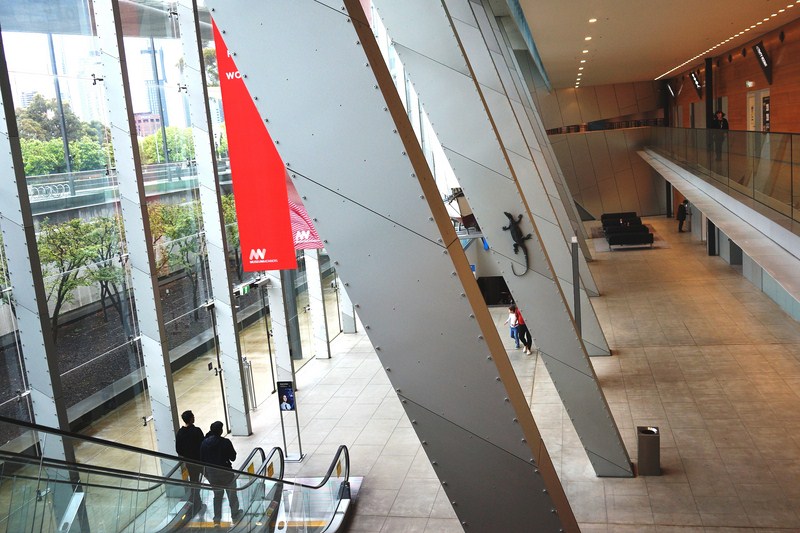
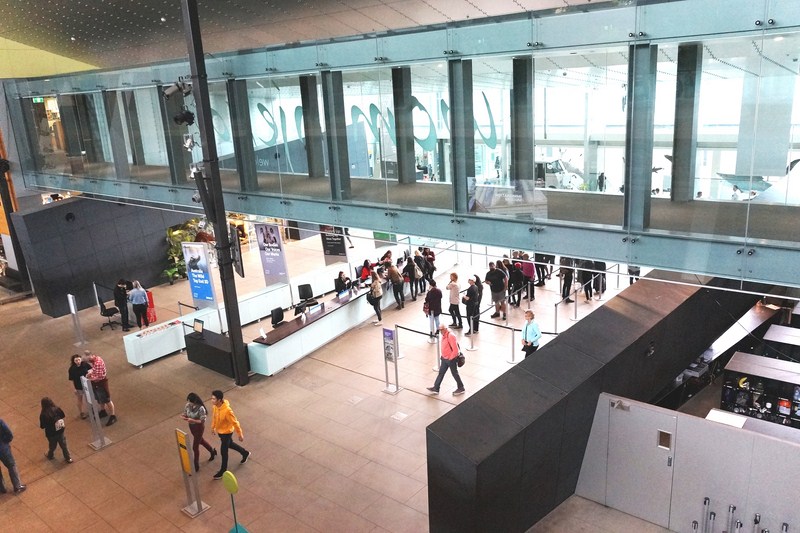
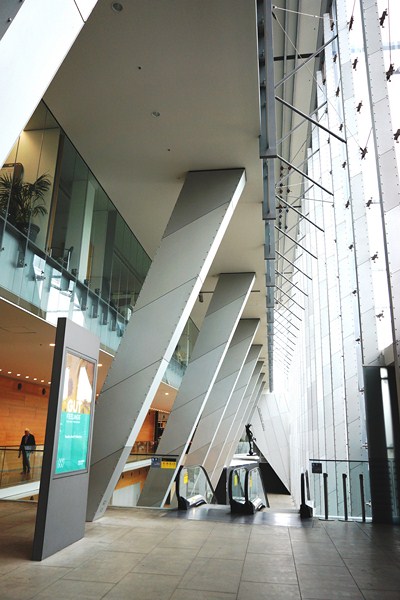

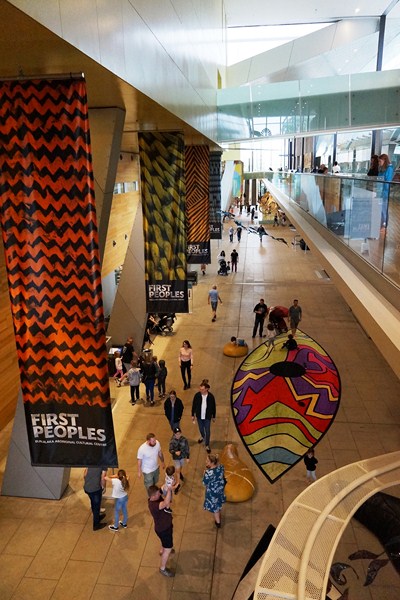
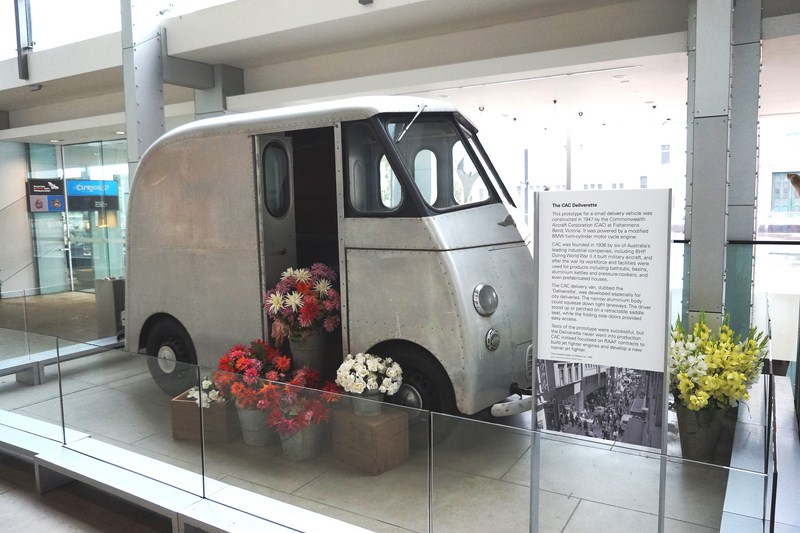


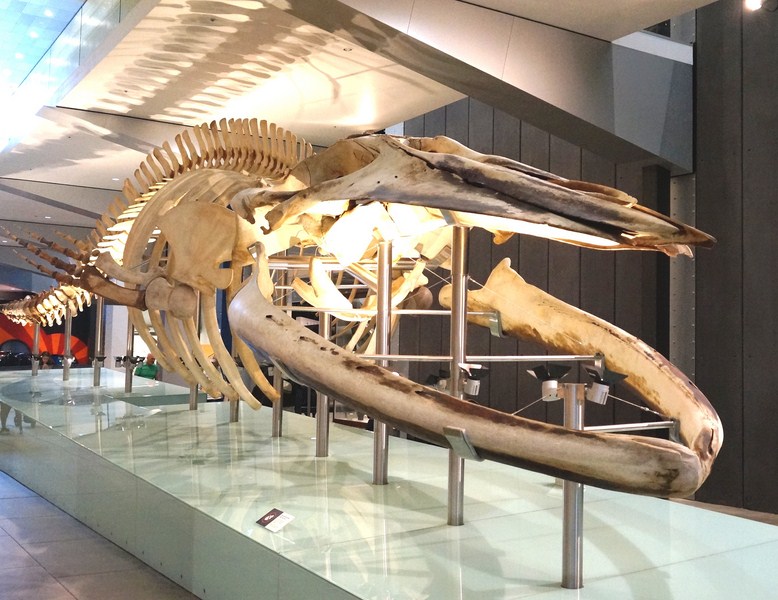

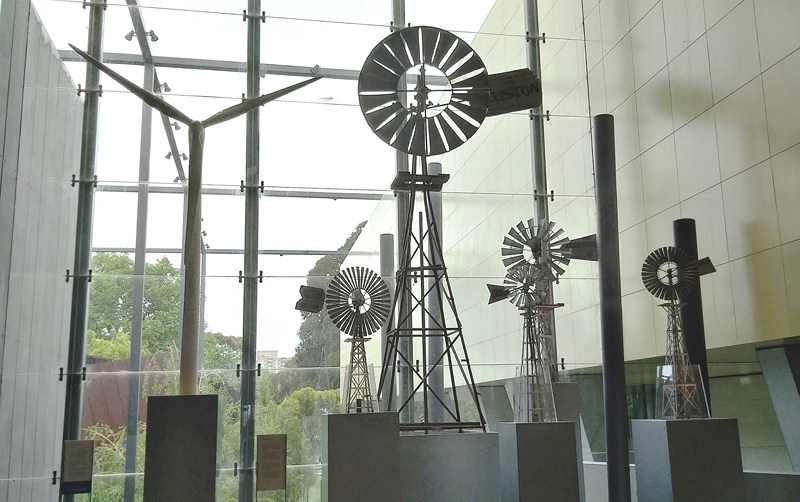
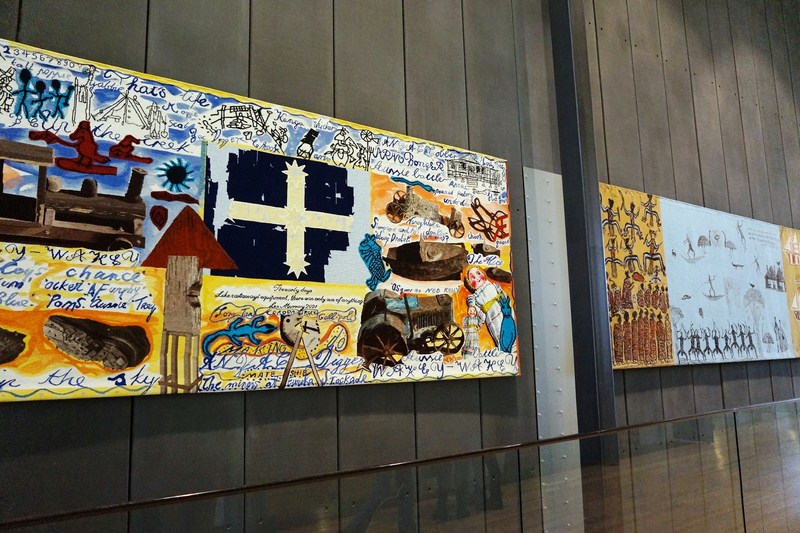

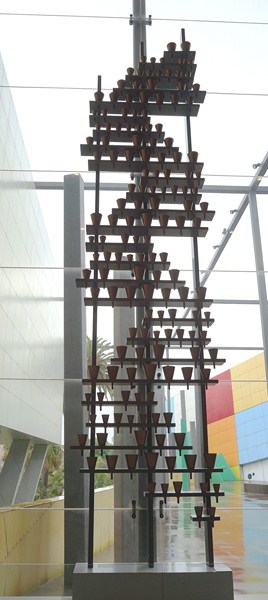
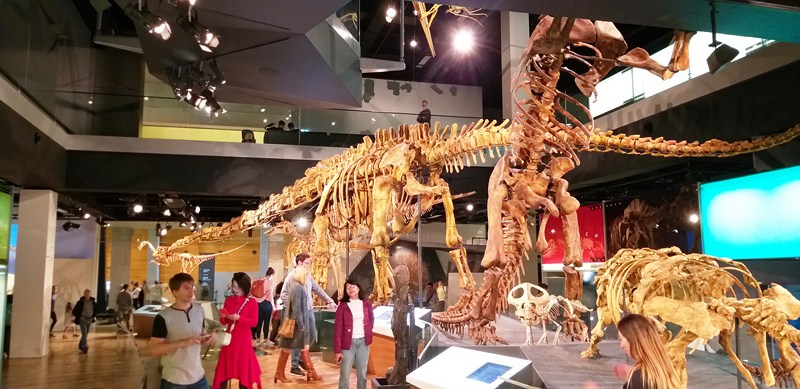


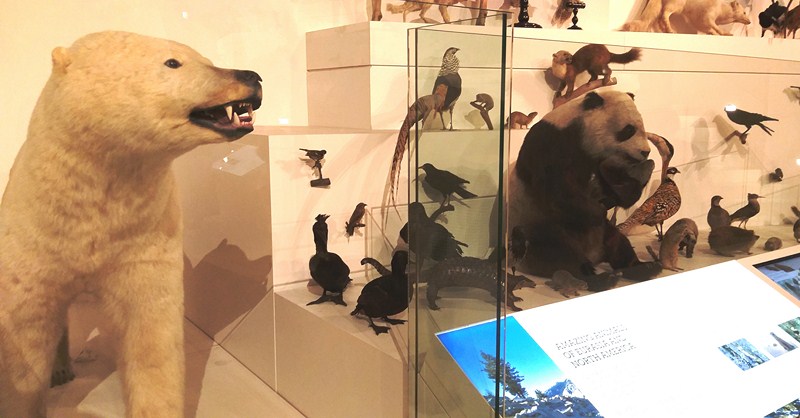
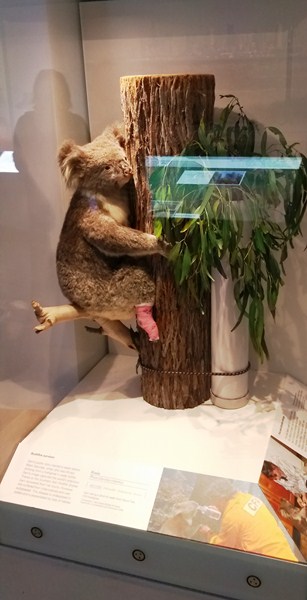
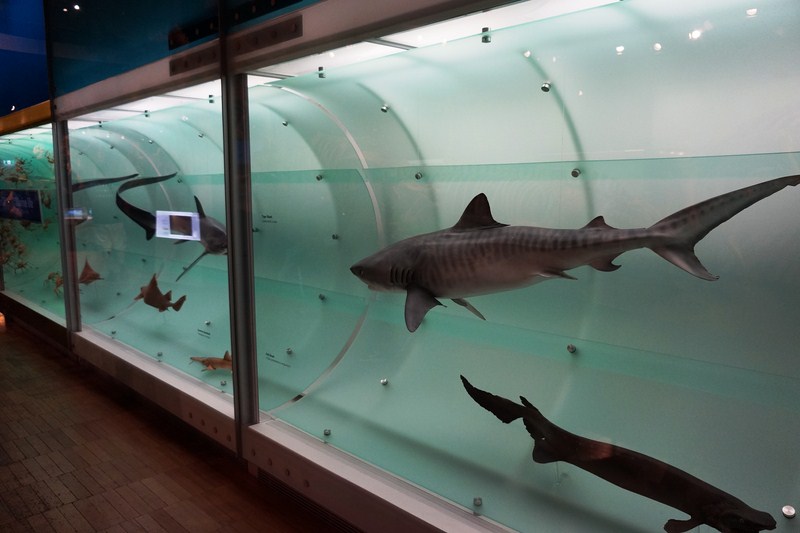
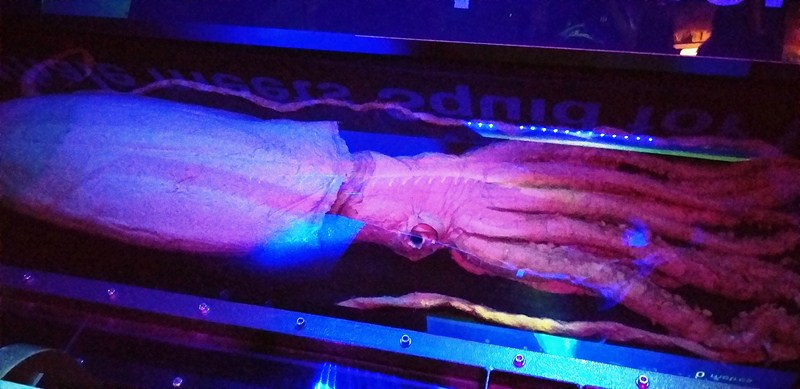

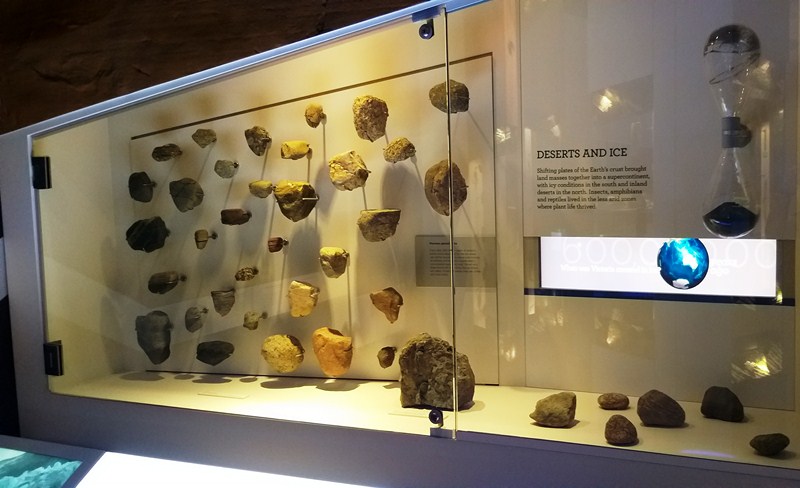
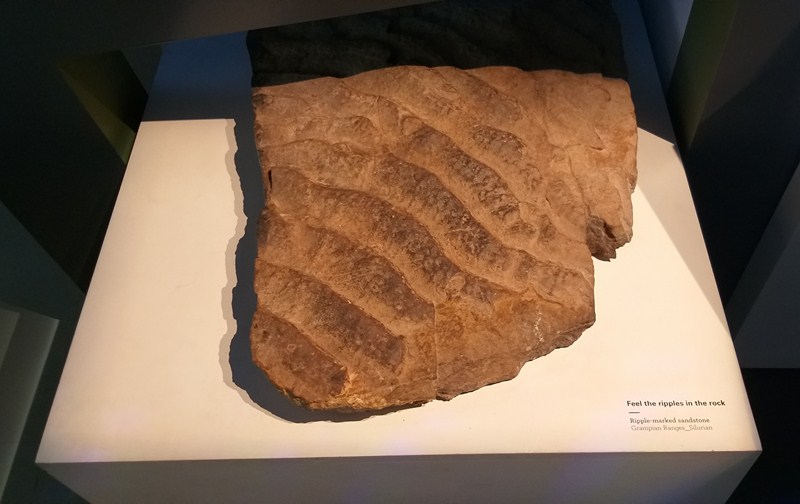
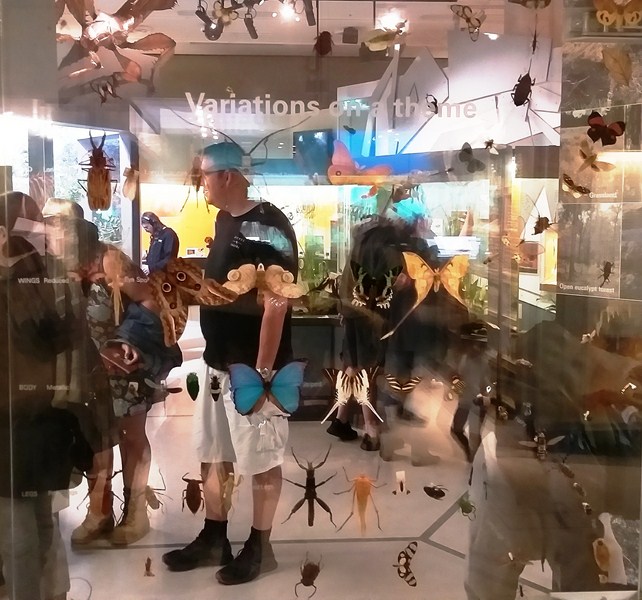
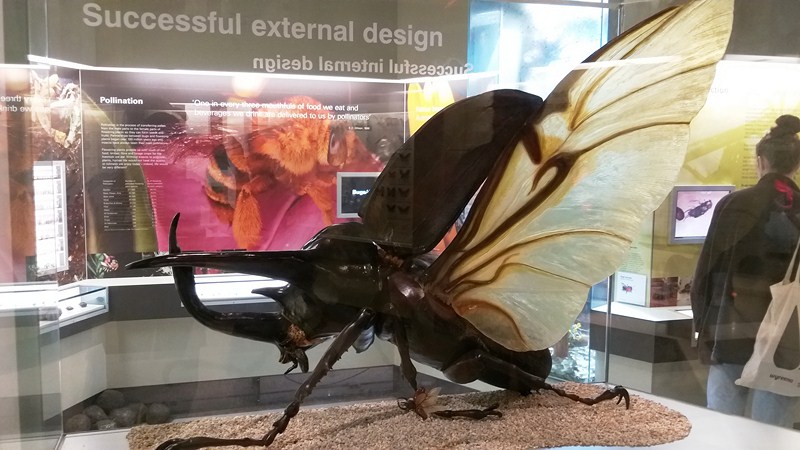



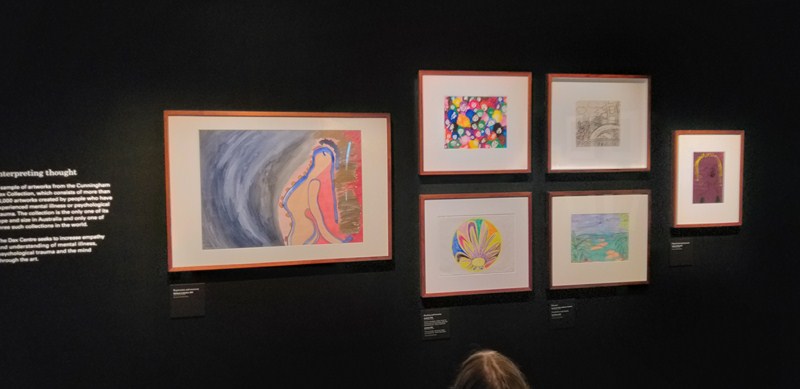
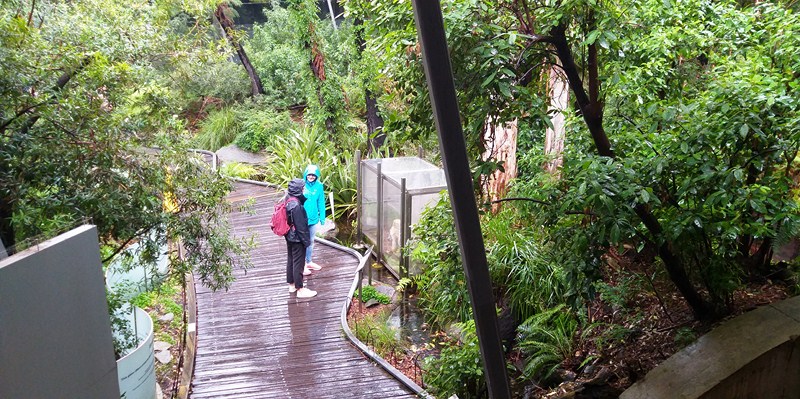
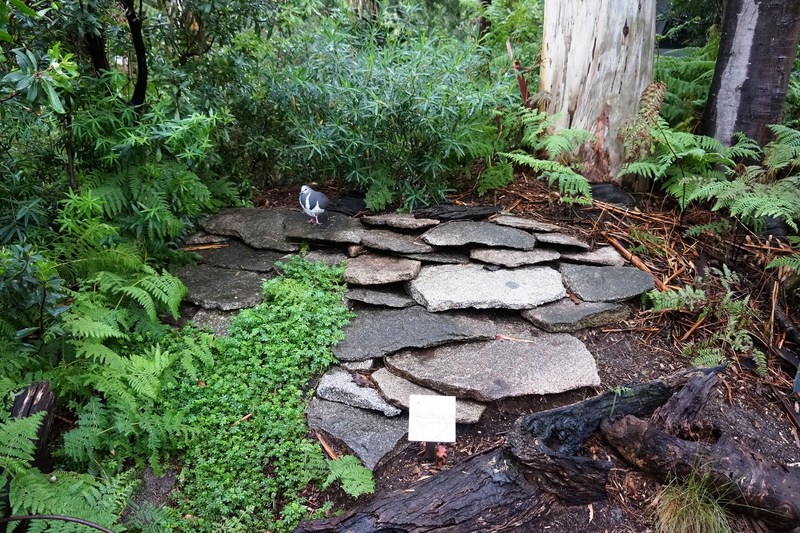
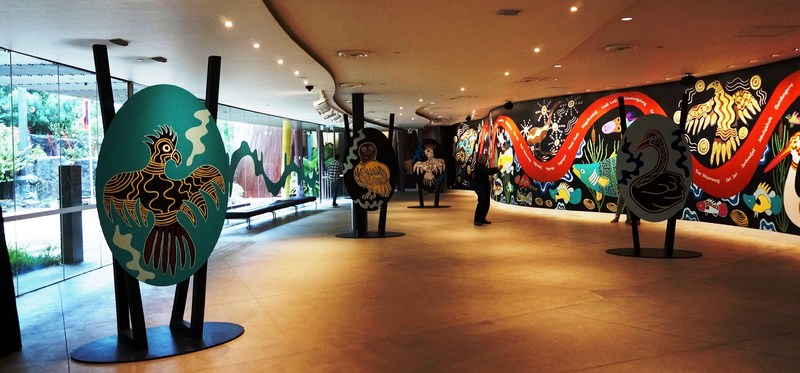
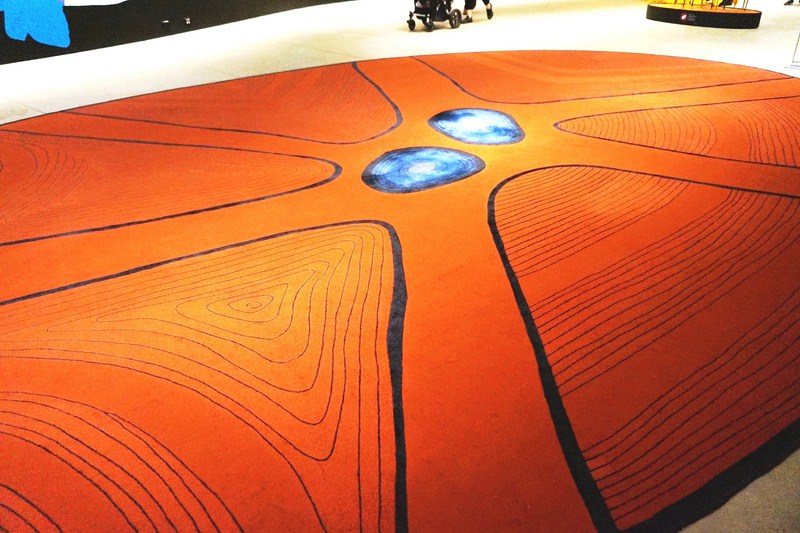
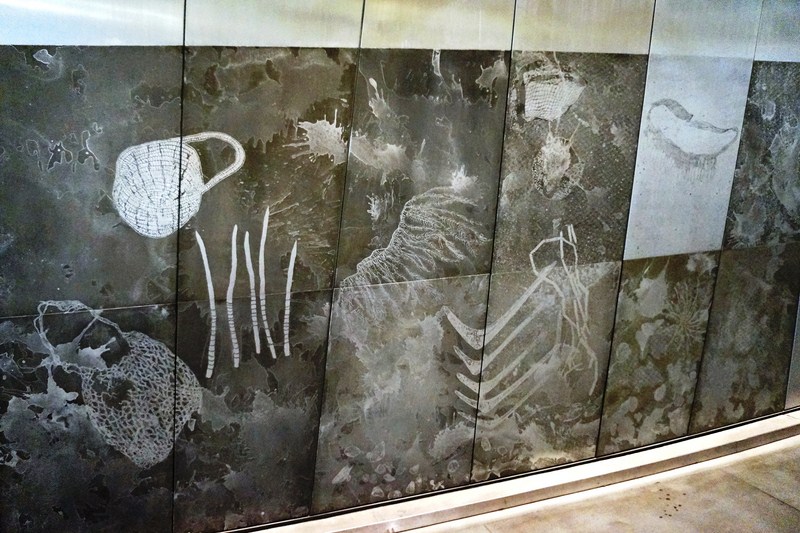
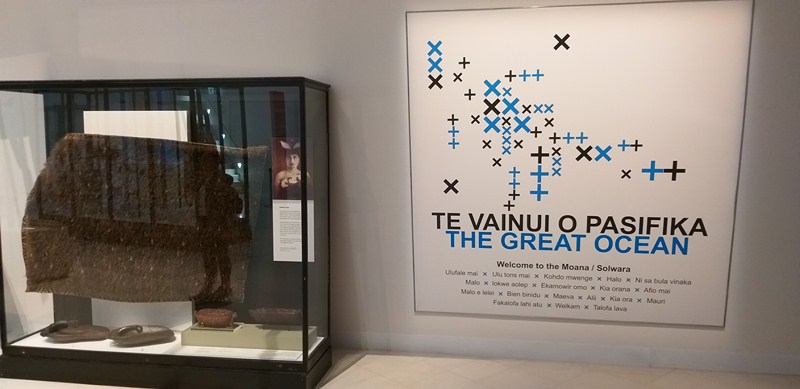
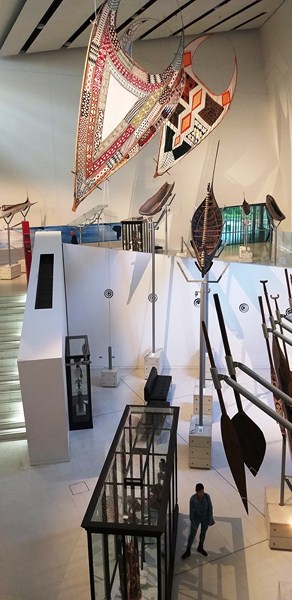

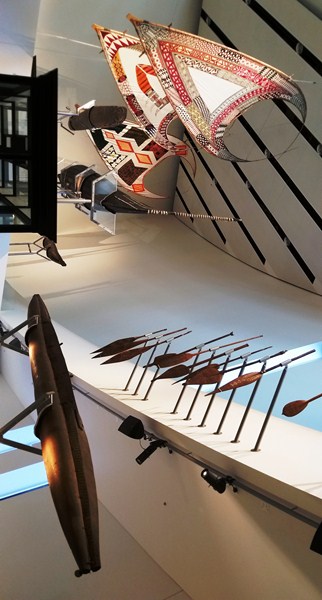

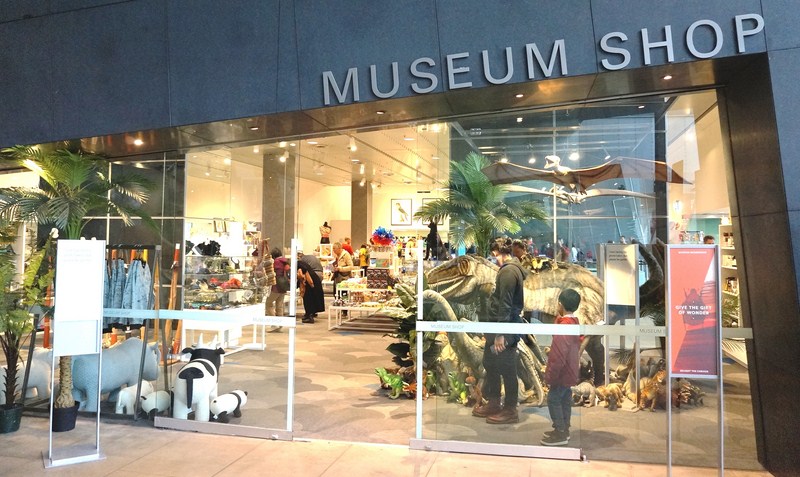
Pingback: Royal Exhibition Building (Melbourne, Australia) – B.L.A.S.T. – Live Life to the Fullest ……… Don't Stay Put
Pingback: Carlton Gardens (Melbourne, Australia) – B.L.A.S.T. – Live Life to the Fullest ……… Don't Stay Put
Pingback: Immigration Museum (Melbourne, Australia) – B.L.A.S.T. – Live Life to the Fullest ……… Don't Stay Put